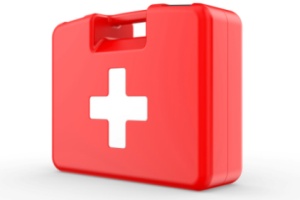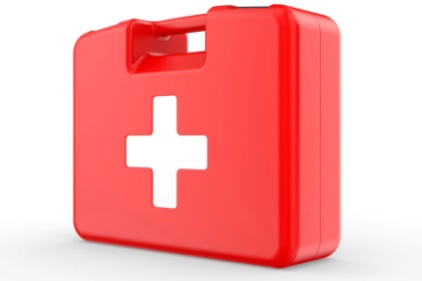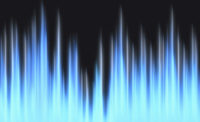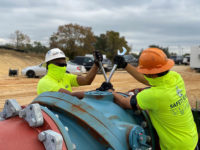 Summertime activities bring people into close proximity to burn hazards in the form of fire pits, campfires and outdoor grills.
Summertime activities bring people into close proximity to burn hazards in the form of fire pits, campfires and outdoor grills.
Dr. Richard Gamelli, director of the burn unit at Loyola University Medical Center in Maywood, Ill. said burns due to fire can happen easily and quickly, especially when alcohol has been abused or children are present.
"Young children are among the most vulnerable and often get burned by putting their hands on the side of cooking grills. Children should be kept well away at all times from the cooking area and always be watched closely even after the cooking is done -- the grill is still hot.”
Campfires also remain hot and smoldering long after they appear to be extinguished.
"At Loyola, we have had patients who got burned after contact with a log from the previous night's fire, thinking the fire was out," Gamelli said. "Fire can burn for hours after ignition, and the temperature can remain dangerously hot."
To avoid serious burns among children and adults during summer activities, Gamelli provided the following safety tips:
- Supervise anything that burns.
- Keep children and pets a safe distance from recreational fires and cooking areas.
- Fire pits, campfires and barbecues should be placed in open spaces away from any walls, fences or other flammable structures.
- Never build a fire or barbecue inside a garage or breezeway, or under a carport, porch or covered deck that can catch fire.
- Have a fire extinguisher readily available and know how to use it.
- Don't drink alcohol around a fire.
- Use a metal cover over a burning fire pit to contain embers.
- Never leave a fire unattended.
- Do not touch or kick coals and logs after a fire is out. Since they can stay hot for a long time, cover these materials to prevent any accidental burns.
- Seek immediate attention if you or anyone with you is burned.
SOURCE: Loyola University Health System, news release, June 24, 2014




